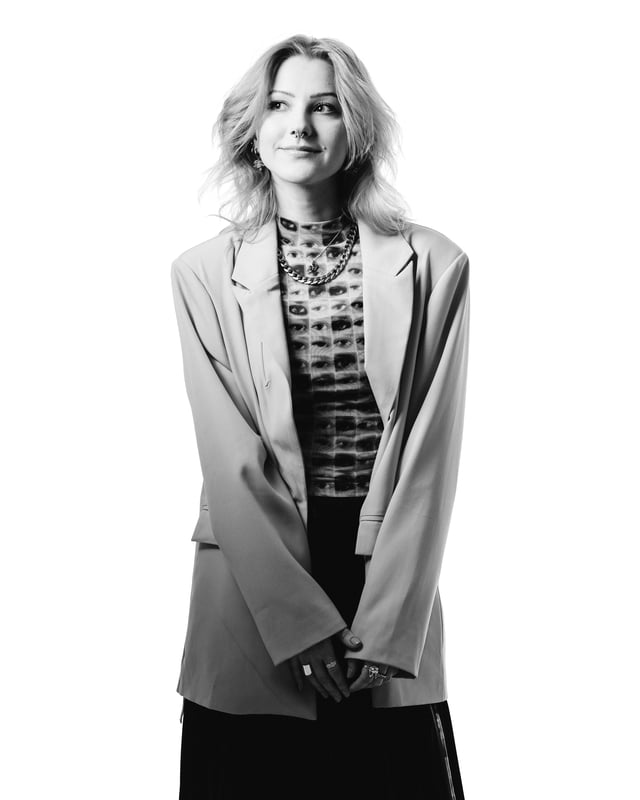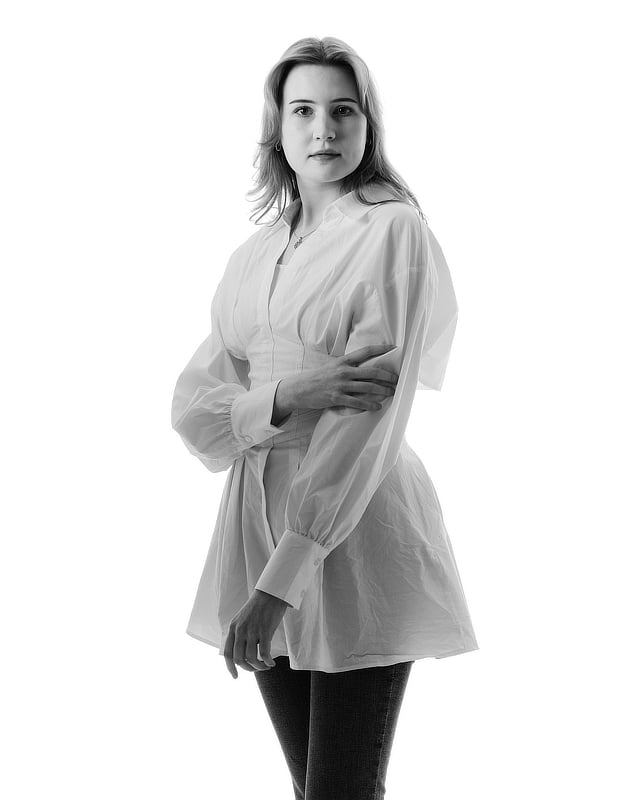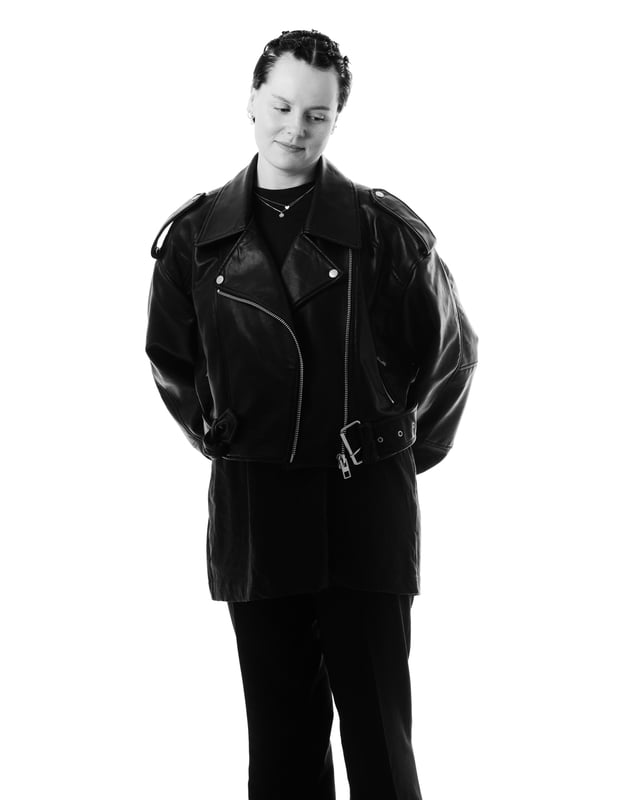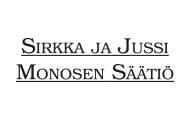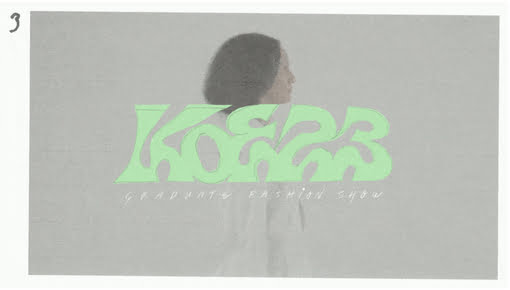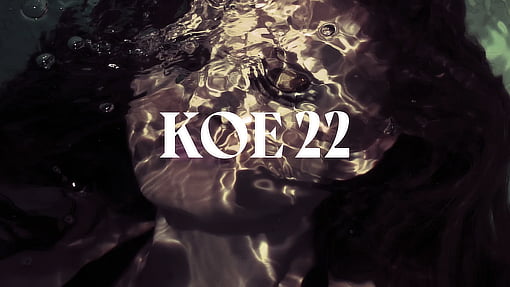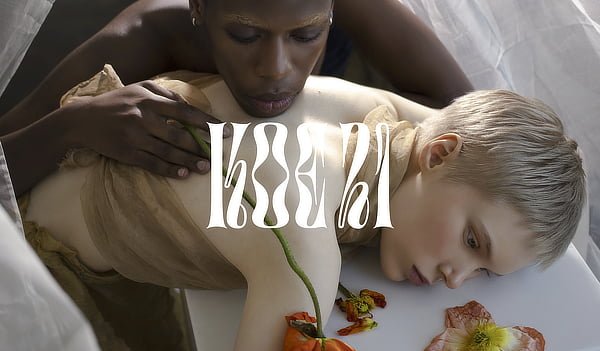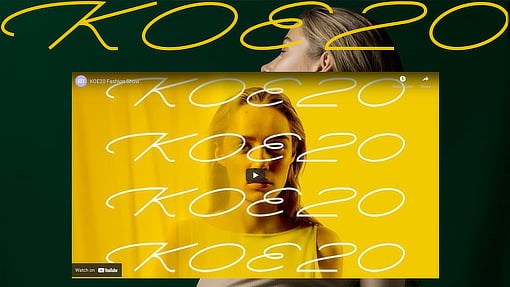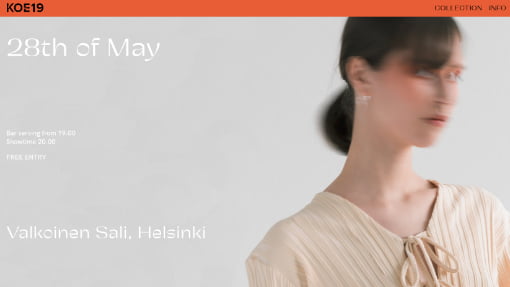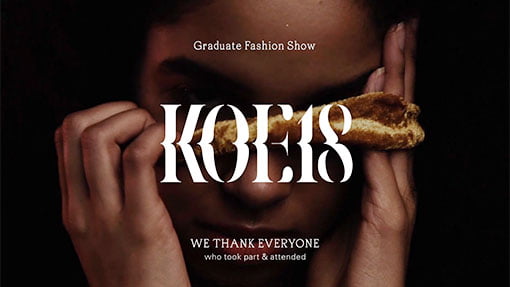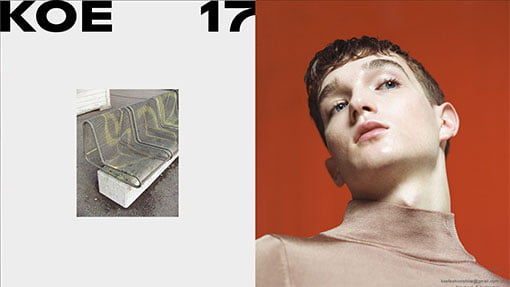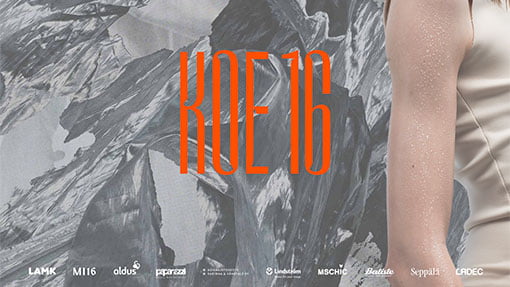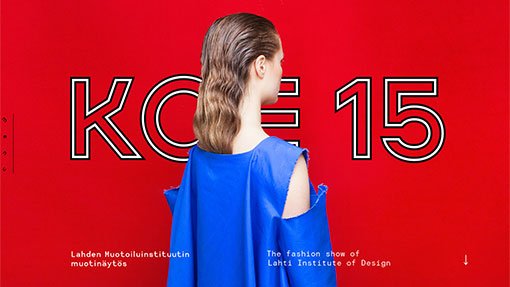
Lahti 16.5
Lahden Kaupungintalo
HELSINKI 28.5
The annual KOE Fashion Show is a vibrant event, spotlighting the emerging talent of fashion designers from LAB Institute of Design and Fine Arts.
KOE24 unveils the graduate collections of 15 talented designers, each created with a unique perspective, extensive research, and profound inspiration. The themes of this year’s graduate collections include cultural sustainability, artificial intelligence, zero waste patterning, life cycle assessment in design and more.
Fundamentally, the KOE Fashion Show serves as a stage for brilliant collections and forward-thinking designers, signalling the future of fashion through creativity and passion.
THE DESIGNERS
info
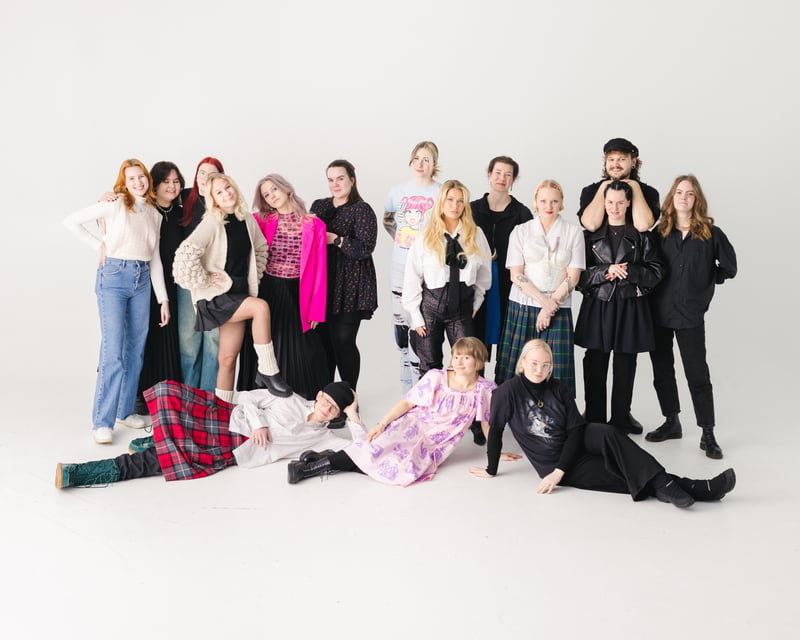
KOE TEAM
Anni Hurmalainen
Enna Tuppurainen
Hanna Leppänen
Vera Harjunalanen
Aino Syrjö
Into Alkio
Emmi Sipari
Emmi Saavalainen
Pihla Paljärvi
Vilma Savolainen
Mia Lorenz
Henna Laine
Emmi Rouvila
Carla Nordlund
Oskari Silvennoinen
Siiri Ahonen
supporting TEAM
Event coordinator: Susanna Björklund
Photographer: Mark Sergeev, Aino Ahola ja Salla Tammilehto
Video: Aino Ahola
Graphic designer: Nora Nieminen
Digital Development: Hash Varsani | hashvarsani.com
